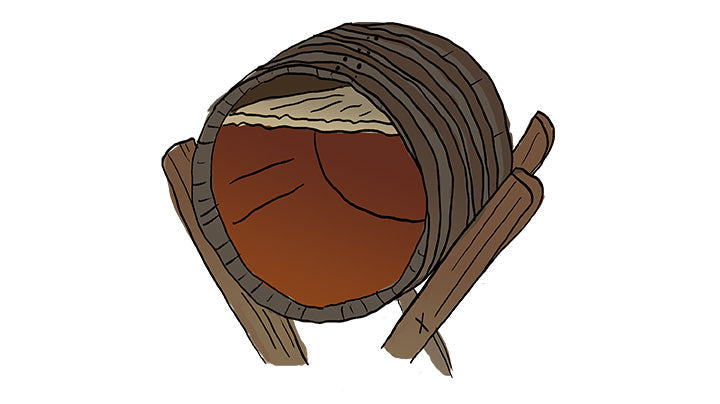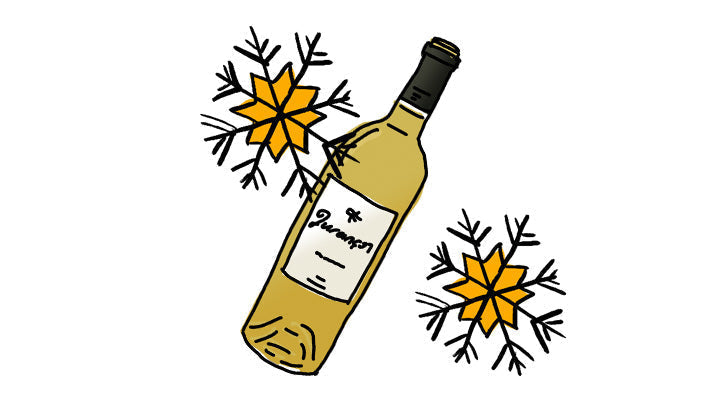Wine is a complex and nuanced beverage that can be produced in a variety of ways. One of the key decisions winemakers make when producing wine is whether to create a cuvée that is made from a single grape variety (monovarietal or varietal wine) or whether to blend different grape varieties together (blended cuvées).
Monovarietal wine
Monocépage wines are made from a single grape variety, meaning that all of the grapes used to produce the wine come from the same grape variety. This type of wine is typically produced in regions where a particular grape variety is well-suited to the local climate and soil conditions. By using only one grape variety, winemakers can showcase the unique characteristics of that grape variety, such as its flavor, aroma, and texture. This is especially true in regions like Burgundy, where Chardonnay and Pinot Noir are the primary grape varieties used to produce wine. In these regions, the unique qualities of these grape varieties are highly valued and are thought to reflect the terroir of the region.
Blended Cuvées
Blended cuvées, on the other hand, are produced by blending different grape varieties together. This is often done to create a wine that is more complex and balanced than a monocépage wine. Different grape varieties can bring different qualities to the wine, such as acidity, tannins, and aromas. Blending can be used to create a wine that has a more consistent flavor profile from year to year, as different grape varieties can be used to compensate for variations in climate and soil conditions.
Blending can also be used to create a wine that is more interesting and nuanced than a monocépage wine. For example, in Bordeaux, winemakers blend Cabernet Sauvignon, Merlot, and other grape varieties together to create complex and highly sought-after wines. By blending different grape varieties together, winemakers can create wines that are greater than the sum of their parts.
Choosing Between Monocépage and Blended Cuvées
When it comes to choosing between monocépage and blended cuvées, it really comes down to personal preference. If you enjoy wines that are straightforward and showcase the unique characteristics of a particular grape variety, then a monocépage wine may be the best choice for you. If you prefer wines that are more complex and nuanced, then a blended cuvée may be a better option.
In the end, both monocépage and blended cuvées have their merits and can be produced to a high standard. The choice between the two comes down to the winemaker's vision for the wine and the preferences of the consumer.














